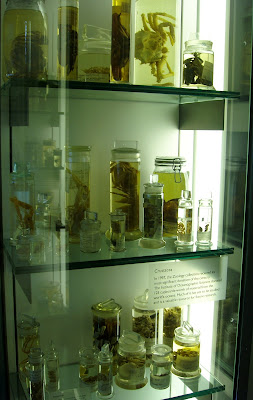This blog may help people explore some of the 'hidden' issues involved in certain media treatments of environmental and scientific issues. Using personal digital images, it's also intended to emphasise seasonal (and other) changes in natural history of the Swansea (South Wales) area. The material should help participants in field-based modules and people generally interested in the natural world. The views are wholly those of the author.
Friday, 31 December 2021
New Species: A Lockdown Spin-off?
The Covid19 lockdowns ruled out most travel by taxonomists at London's Natural History Museum. This caused these identifiers to concentrate their efforts on existing collections, rather than seeking new material (https://www.theguardian.com/environment/2021/dec/30/natural-history-museum-500-new-species-2021-aoe). The result has been the identification of a total of more than 550 new species in 2021. These include 6 new species of UK dinosaurs, 90 new beetles and 5 snakes. More than half the new species were tiny copepods, from a 60 year old collection assembled by French husband and wife team, Claude and Francoise Monniot. Their copepod collection finally got round to being evaluated by two taxonomists who were nearing retirement. As they say, 'it's an ill wind'!
Subscribe to:
Post Comments (Atom)
-
I n the UK and US, a pparently popular and successful vegan/vegetarian restaurants are reportedly closing or adding meat to their menus ( ...
-
Early ripening fruit may seem convenient but some folk think it confirms environmental stress. There's also a possibility th...


%20mating%20NWCW.jpg)


No comments:
Post a Comment